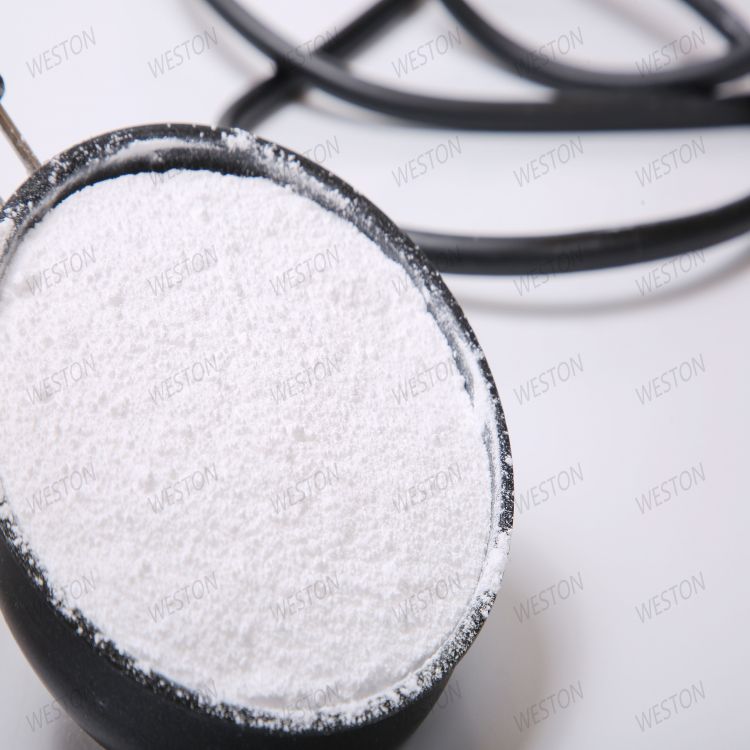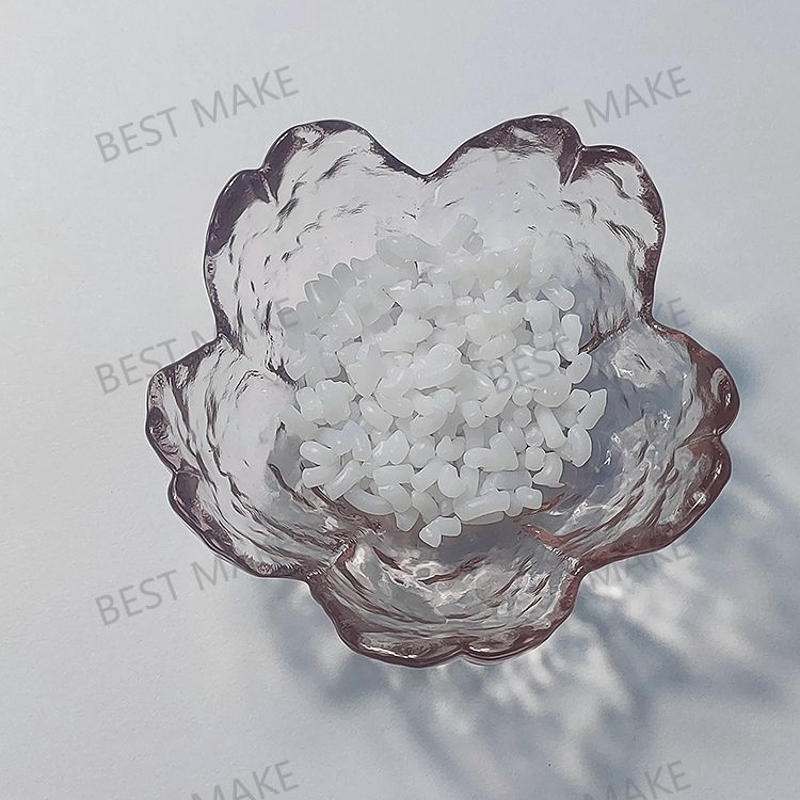-
Categories
-
Pharmaceutical Intermediates
-
Active Pharmaceutical Ingredients
-
Food Additives
- Industrial Coatings
- Agrochemicals
- Dyes and Pigments
- Surfactant
- Flavors and Fragrances
- Chemical Reagents
- Catalyst and Auxiliary
- Natural Products
- Inorganic Chemistry
-
Organic Chemistry
-
Biochemical Engineering
- Analytical Chemistry
- Cosmetic Ingredient
-
Pharmaceutical Intermediates
Promotion
ECHEMI Mall
Wholesale
Weekly Price
Exhibition
News
-
Trade Service
2.
2.
4.
6 Determination
(1) Liquid chromatography conditions
Chromatographic column: Lichrospher100 RP-185um 250mm×4.
6mmi.
d.
or equivalent; mobile phase: acetonitrile +0.
01mol/L ammonium acetate solution (12+88); flow rate: 0.
8mL/min; column temperature: 35℃; Sample volume: 40μL; split ratio: 1:3
.
(2) Mass spectrometry conditions
Ion source: electrospray ion source; scanning method: positive ion scan; detection method: multi-reaction detection; electrospray voltage: 5500V; atomizing gas pressure: 0.
076MPa; curtain air pressure: 0.
069MPa; auxiliary gas flow rate: 6L/min ; Ion source temperature: 350℃; qualitative ion pair, quantitative ion pair, collision gas energy and declustering voltage are shown in Table 2-15
.
(3) Liquid chromatography-tandem mass spectrometry determination
Inject samples with mixed standard working solutions, draw the standard working curve with the peak area as the ordinate and the concentration of the working solution (ng/mL) as the abscissa, and use the standard working curve to quantify the sample.
The response of 16 sulfonamides in the sample solution The values should be within the linear range measured by the instrument
.
Under the above chromatographic conditions and mass spectrometry conditions, the reference retention times of the 16 sulfonamides are shown in Table 2-15
2.
2.
4.
7 Selection of analysis conditions
(1) Selection of the pH of the sample extract
Five phosphoric acid solutions with different pH were used as honey sample extracts.
The recovery rate experiment was performed on honey samples at the same addition level and the same experimental conditions.
The experimental data are shown in Table 2-19
.
Table 2-19 The influence of phosphoric acid solution of different pH on the recovery rate of sulfonamide (%)
From the data in Table 2-19, it can be seen that in the range of pH=1~3, the recovery rate of 16 kinds of sulfonamides is basically above 85%, while at pH=2, the recovery rate of 16 kinds of sulfonamides is basically 90%.
Above% is the highest
.
When pH>3, the recovery rate decreases significantly with the increase of pH.
(2) Selection of eluent concentration and dosage
In order to determine the concentration and amount of phosphate buffer solution required to elute sulfonamides from the cation exchange column, based on past experience and the characteristics of the benzene sulfonic acid cation exchange column, five concentrations of phosphate buffer solution ( pH=8) and different volumes for the experiment, the experimental data is shown in Table 2-20
.
Table 2-20 The influence of the concentration and amount of phosphate buffer solution on the recovery rate (%) of sulfonamides
From the data in Table 2-20, it can be seen that the concentration of phosphate buffer solution is in the range of 0.
05 to 0.
2 mol/L, and the recovery rate of sulfa drugs gradually increases with the increase of concentration, and when the concentration of phosphate buffer solution is ≥0.
2 After mol/L, the recovery rate is basically stable
.
However, when the above-mentioned eluent is passed through the Oasis HLB column, the recovery rate of the sulfa drugs decreases with the increase of the concentration of phosphate in the sample solution.
(3) Determination of pH of Oasis HLB column sample solution
Using solid-phase extraction technology to purify samples, its pH has a great influence on its recovery rate.
When target substances of different pH are passed through the column, the pH of the sample solution is required to be different.
In order to find out the best sulfa drugs to pass through the Oasis HLB column For pH, use phosphoric acid to adjust 40 mL of 0.
2 mol/L phosphate buffer solution to 6 different pH, the same amount of standard, and carry out the recovery experiment.
The experimental data are listed in Table 2-21
.
It can be seen from Table 2-21 that when the Oasis HLB solid phase extraction column is used, the 16 sulfonamides are in the range of pH=2~6.
Table 2-21 The influence of the pH of the sample solution on the response value of sulfonamides when passing through the Oasis HLB solid phase extraction column
Related Links: Determination of 16 Sulfa Residues in Honey Liquid Chromatography-Tandem Mass Spectrometry (1)







